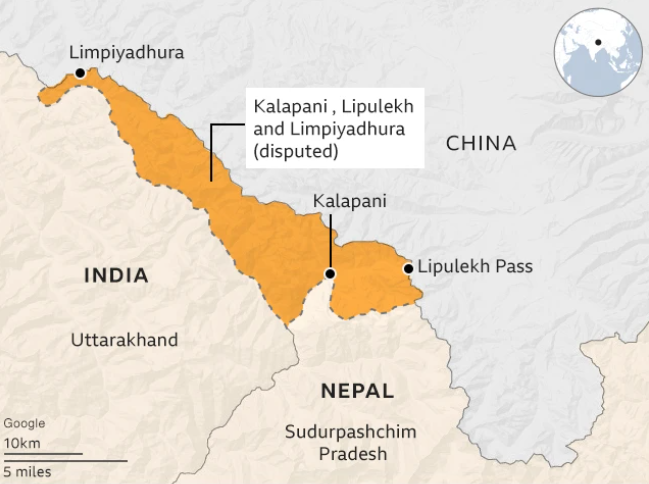Nepal and India are getting ready for important boundary talks that will take place in New Delhi from July 27 to July 29, 2025. This meeting is expected to focus on resolving long-standing border-related issues between the two neighboring countries. Officials from both sides see this as a step forward in improving trust and cooperation.
What Are the Talks About?
These boundary talks will mainly address disputes over certain border areas between Nepal and India. One of the most discussed regions is Kalapani, Lipulekh, and Limpiyadhura areas located in the far western region of Nepal. Nepal claims these areas based on historical and cartographic evidence, while India has its own position on the matter.

The talks aim to open discussions about such differences in a peaceful and respectful way, using diplomatic means rather than confrontation.
Who Will Attend the Meeting?
High-level officials and technical experts from both Nepal and India will attend the upcoming boundary talks. Both governments have specially chosen these representatives for their experience in handling sensitive diplomatic and geographical matters.
From the Nepalese side, the delegation will include senior officials from the Ministry of Foreign Affairs, who are responsible for managing Nepal’s diplomatic relationships and representing the country in international matters. Along with them, experts from the Department of Survey will also take part. This department is in charge of preparing and maintaining accurate maps, borders, and geographical data for Nepal.
On the Indian side, the delegation will be led by senior officials from the Ministry of External Affairs. These officials specialize in bilateral relations and negotiations. India’s delegation may also include members from the Survey of India and experts in land records, as well as legal advisors who are familiar with past treaties and border management issues.
Why Boundary Talks Have Been On Hold and Why They Matter Now
The boundary dispute between Nepal and India is not a new issue. It has been present for many years, but tensions rose sharply in late 2019. That was when India released a new political map in November 2019, which included the regions of Kalapani, Lipulekh, and Limpiyadhura as part of its territory. These are areas that Nepal also claims based on old treaties and historical documents, particularly the 1816 Sugauli Treaty signed between Nepal and the British East India Company.
This move was approved by Nepal’s parliament and widely supported by the Nepalese public. It was seen as a bold and patriotic decision. However, it also caused diplomatic tension between the two neighbors and paused formal discussions about the border.
The reason these boundary talks are important now is that the border dispute affects trust and long-term cooperation between Nepal and India. These areas are not just symbolic; they are geographically and strategically important, especially Lipulekh, which is a trade and pilgrimage route to Tibet.

